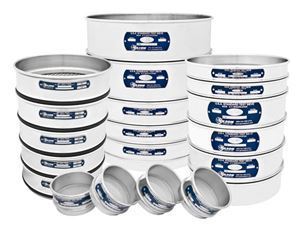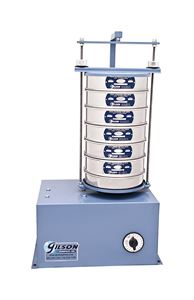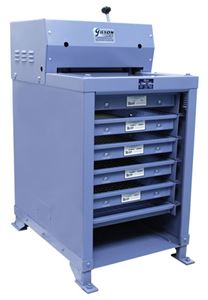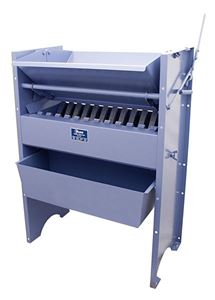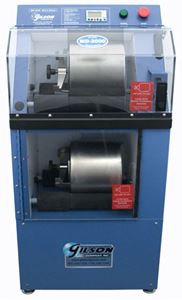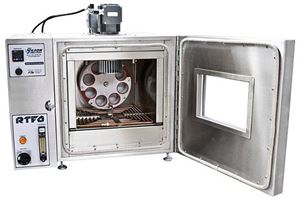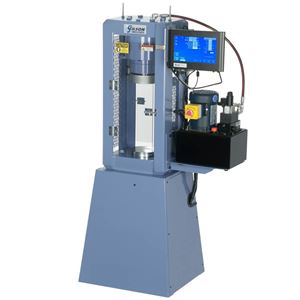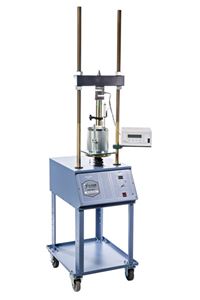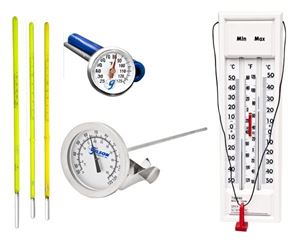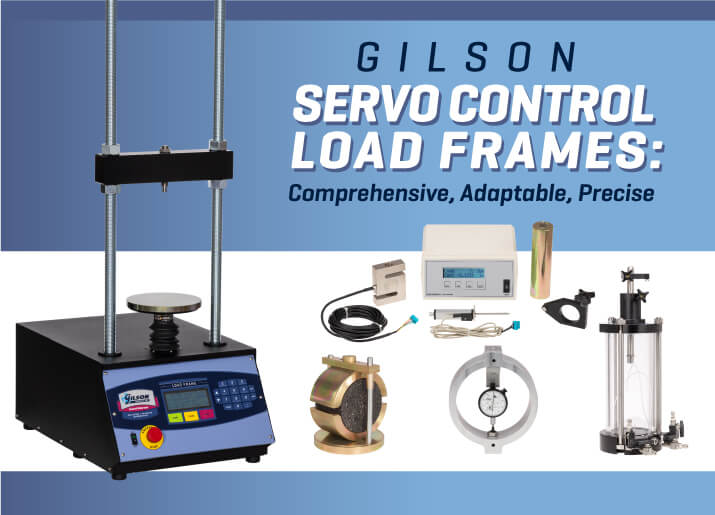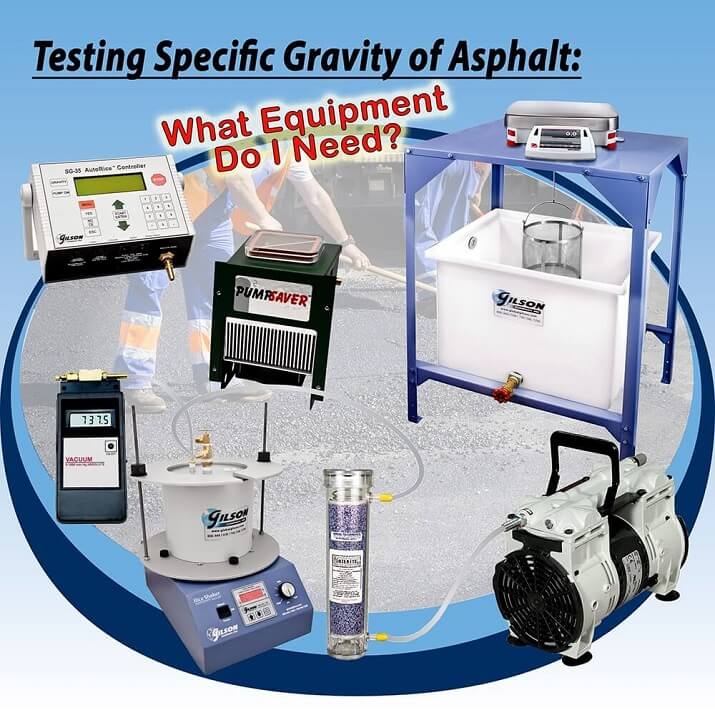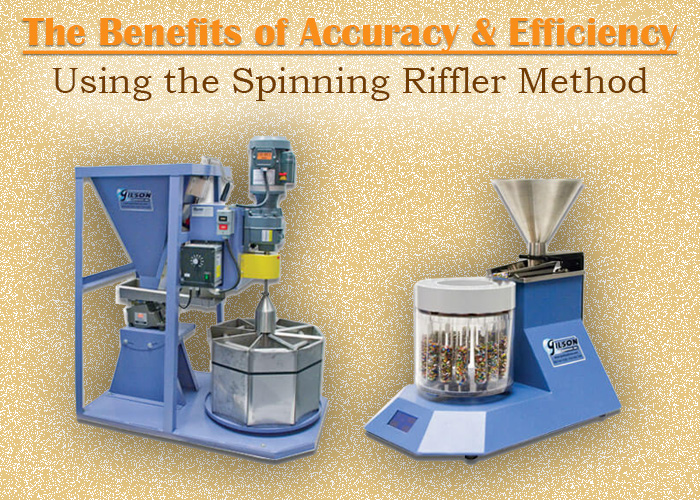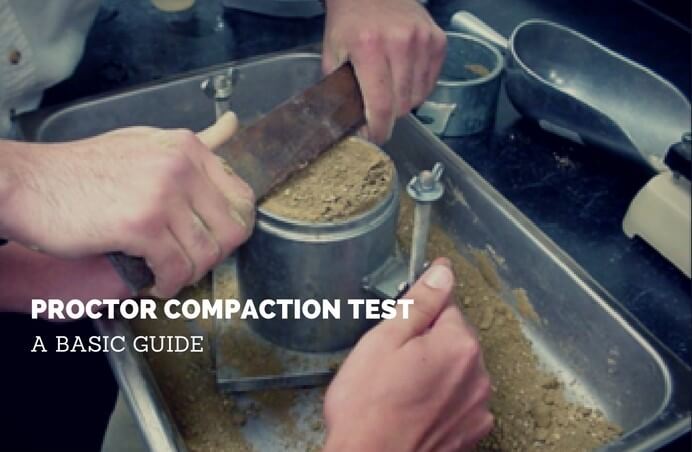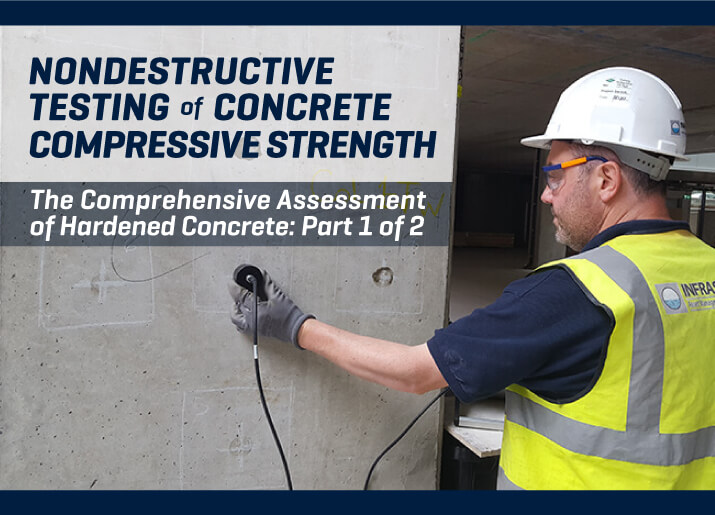In part one of our special series on workplace safety, we take a look at how advances in materials testing equipment are minimizing potentially harmful exposure to dust in the lab.
- Log in
- Favorites List
-
Shopping Cart
You have no items in your shopping cart.
Blog posts tagged with 'Equipment Selection Guide'
Have questions about your materials testing equipment? We have the answers to these questions and much more right here! Check back monthly for long-form blog posts, how-to guides and infographics. We’ll address industry insights, the operation and maintenance of specific equipment, and our product line recommendations, all designed to better serve you.
Bookmark this page, add it to your RSS reader, or subscribe to our newsletter, so you never miss a hot topic.
Laboratory load frames perform multiple test methods on a variety of soil, asphalt, and cement materials simply by changing prescribed components used for load and distance measurements. This blog post introduces Gilson’s innovative Servo Control Load Frames and explores important considerations for selection of a suitable load frame and testing components for your applications.
The Asphalt Rice Test is commonly used in determining theoretical maximum or asphalt specific gravity in accordance with ASTM and AASHTO standards. This blog post covers what you should know about the test and equipment available to help ensure testing in compliance with ASTM D2041 and AASHTO T 209.
Do you know when a spinning riffler or rotary sample divider should be your go-to sample divider for the most accurate representative samples?

Testing sieves are not a one-size-fits-all product in materials testing. They should be selected based on application, compliance standards, sample composition, level of precision required and more.
Is your lab or worksite equipment-ready for compliance with OSHA’s final rule for the construction industry on protecting workers from exposure to silica dust?
This blog post discusses the differences between Liquid in Glass (LiG) mercury, LiG non-mercury, and digital thermometers used in laboratory materials testing. It also explores the role each type of thermometer plays in maintaining compliance with industry standards and regulations governing the use of mercury.
This blog post lays out some of the most important features to consider when you’re looking for an oven for aggregate, soils, concrete or asphalt testing.
This blog post covers everything you need to know about the Proctor Compaction Test including history, importance, procedure, tips and more.
Nondestructive concrete testing determines the quality and properties of hardened concrete to assess its condition and safety. Read this blog to learn about in-place and nondestructive methods and equipment used to measure concrete strength.
- 2025
- 2024
- 2023
- 2022
- 2021
- 2020
- 2019
- 2018
- 2017
- 2016
- 2015

